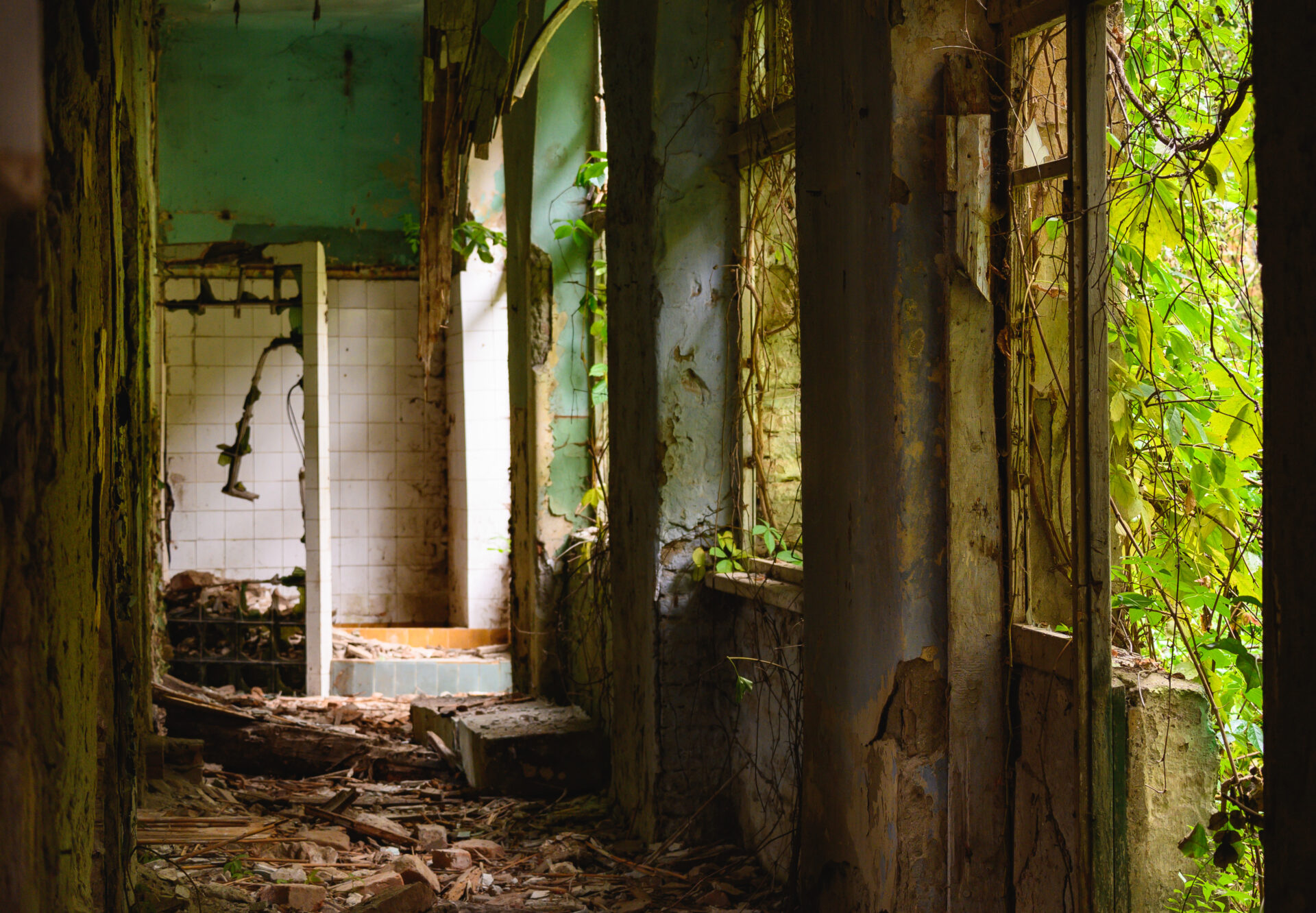Nearly 1,300 dilapidated properties are slated to be torn down across 69 communities in the state. This comes through the second phase of the state’s Reclamation of Abandoned and Dilapidated Properties Program.
Gov. Jim Justice and the West Virginia Department of Environmental Protection (DEP) announced the funding Wednesday. It totals more than $15.6 million.
“These funds are helping move West Virginia in the right direction,” Justice said. “This funding provides the rocket boost needed to propel us forward, because we are tearing down what’s holding us back and making way for what’s to come.”
To determine which projects to fund, the DEP sent surveys to all 55 counties and to all incorporated municipalities in West Virginia. It received responses from 43 counties and 124 municipalities.
The funding will reimburse communities for expenses related to the demolition. The money for this program comes from the American Rescue Plan Act.
“This program is about more than just tearing down old buildings – it’s about building up our communities, making them safer, and preparing them for future productive use,” said DEP Cabinet Secretary Harold Ward. “We’re not just clearing away the old; we’re laying the foundation for the new.”
The DEP will administer the funding and is committed to providing technical assistance and support throughout the execution of these projects. Selected communities will have 12 months to spend their budgeted amount, with the possibility for a single six-month extension. No payments will be made until demolition work is completed and all required supportive documentation has been submitted.
The selected communities include:
- Anmoore – $143,000
- Beckley – $487,000
- Belington – $39,000
- Belmont – $39,000
- Bluefield – $650,000
- Cameron – $169,000
- Charleston – $500,000
- Chester – $195,000
- Clarksburg – $390,000
- Delbarton – $130,000
- Dunbar – $73,400
- Durbin – $78,000
- Fairmont – $468,000
- Fairview – $117,000
- Farmington – $130,000
- Gassaway – $130,000
- Glenville – $65,000
- Grafton – $429,000
- Grant Town – $263,000
- Greenbrier County Commission – $572,000
- Hancock County Commission – $117,000
- Harrison County Commission – $413,500
- Hinton – $481,000
- Hundred – $65,000
- Huntington – $213,000
- Kanawha County Commission –$1,500,000
- Kingwood – $78,000
- Logan – City of – $156,000
- Lost Creek – $52,000
- Madison – $78,000
- Mannington – $286,000
- Marlinton – $156,000
- Mason – $20,000
- Mason County Commission – $52,000
- Masontown – $130,000
- Mercer County – $750,000
- Milton – $76,000
- Mingo County – $143,000
- Montgomery – $65,000
- Morgantown – $650,000
- Moundsville – $169,000
- New Martinsville – $260,000
- Nitro – $234,000
- Pennsboro – $26,000
- Philippi – $130,000
- Piedmont – $151,850
- Princeton – $78,000
- Raleigh County Commission – $494,000
- Richwood – $260,000
- Roane County Commission – $156,000
- Ronceverte – $182,000
- Rupert – $169,000
- Salem – $145,500
- Sistersville – $195,000
- Smithfield – $104,000
- St Albans – $182,000
- St Marys – $104,000
- Summers County Commission – $201,000
- Wardensville – $26,000
- Webster County Commission – $260,000
- Weirton – $78,000
- West Milford – $65,000
- Westover – $78,000
- Wheeling – $377,000
- White Sulphur Springs – $234,000
- Williamson – $260,000
- Wood County Commission – $182,000
- Worthington – $78,000
- Wyoming County – $234,000
